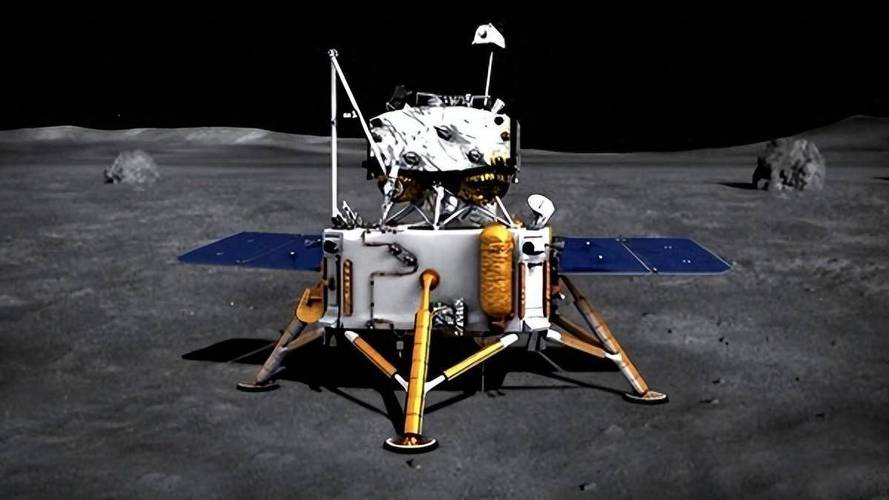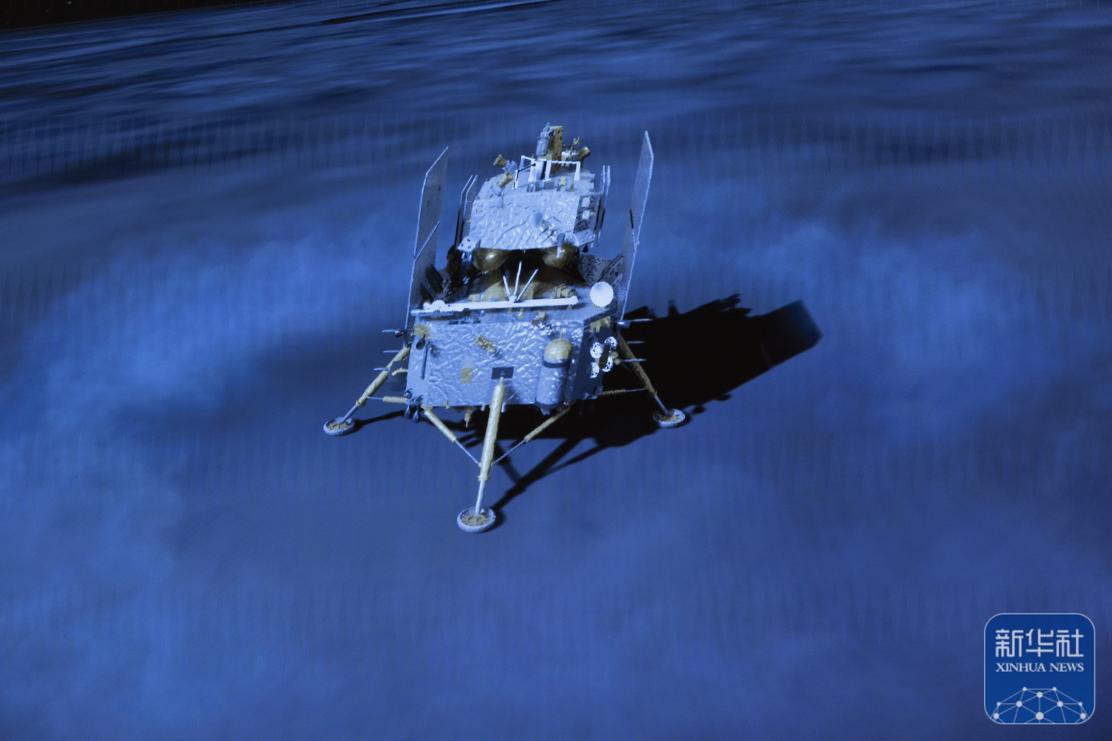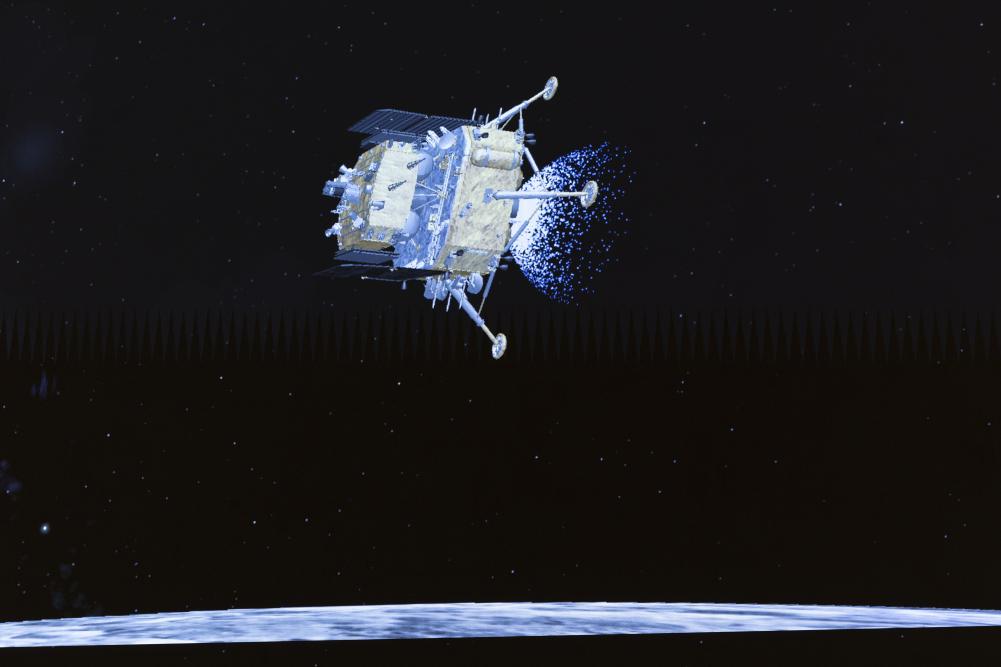Change 6 to become a “sophisticated prospector” on the backside of the moon.
Chang'e 6 is about to set off, this time targeting the back of the moon, a mysterious and unexplored “no man's land”. If Chang'e-5 is compared to the explorer who brought back “moon soil specialities” to the Earth, then Chang'e-6 is an upgraded version of the “deep space archaeologist”, whose mission is not only complex but also ambitious. Compared with Chang'e-5, this challenge is more like taking part in a doubly difficult “adventure show” of lunar exploration, from the Earth-Moon round trip to deep space sampling, each step is a test of technical limits.

This heavyweight player weighs a total of 8.2 tons, still consists of an orbiter, return vehicle, lander and ascender, and is a “clear division of labour” of the space combination. Its entire mission process is like a relay race: the orbiter and return vehicle first escort the lander and ascender to the moon, after separation, the lander accurately lands on the back of the moon in a predetermined area and then begins a detailed sampling work. This sampling is not simply “scraping some surface soil”, but the lander comes with a “drilling tool” that can obtain deep samples from 2 meters underground. This is like drilling a deep well on the back of the moon, digging out different levels of lunar soil and rocks; these materials are like a book of hundreds of millions of years of sealed “cosmic diary”, waiting for scientists to carefully interpret.
Why do we have to go to the back of the moon? This invisible and mysterious area is a geological “time capsule”. While the Earth can only ever see one side of the Moon, the backside is hidden in the darkness of the universe, with complex terrain and craters. Scientists have speculated that this place may retain the most primitive geological traces of the Moon's early days and even hide key resources needed for future human development, such as rare metals and helium-3. Solving these mysteries may shed light on the Moon's “birth” and even help us better understand the past of the Earth and the solar system.

Every step of the mission hides extreme technical challenges. Accurate landing is the first challenge. The terrain on the backside of the Moon is like a high mountain range piled up with rocks, and the difficulty of realising a soft landing in such an environment is comparable to landing a drone accurately in a barren mountain. After sampling, the ascent vehicle must be “catapulted” from the lunar surface, like the second leg of a relay race, with a 100% success rate. Immediately after, it has to complete a “perfect docking” with the orbiter in lunar orbit, a process that is precise down to the millimetre, and any deviation could result in the loss of the mission. Finally, the return vehicle with the precious lunar soil samples rushed into the Earth's atmosphere at high speed and went home smoothly, this step is like a super-fast basketball, falling into the designated box steadily.
Every grain of dust and every rock may hide secrets about the evolution of the Moon, its geology and even the history of the solar system. From trace element analysis to isotope age determination, scientists are working like detectives to piece together the complete story of the Moon's formation and evolution through these data. Perhaps we can also reveal the hidden mysteries of cosmic radiation and the interaction between solar wind and lunar soil at the back of the Moon, providing a scientific basis for future lunar base construction.
Chang'e 6's journey is another bold attempt by mankind to explore the universe. Each step is full of unknowns and challenges, from the uncharted backside of the Moon to finally bringing back a “cosmic gift”. It is not only about science but also symbolises mankind's insatiable curiosity and spirit of exploration. Perhaps, one day, we will build a scientific research station on the back of the Moon or even go further into deep space. And all this will start from this thrilling adventure of Chang'e 6.

(Writer:Dick)


